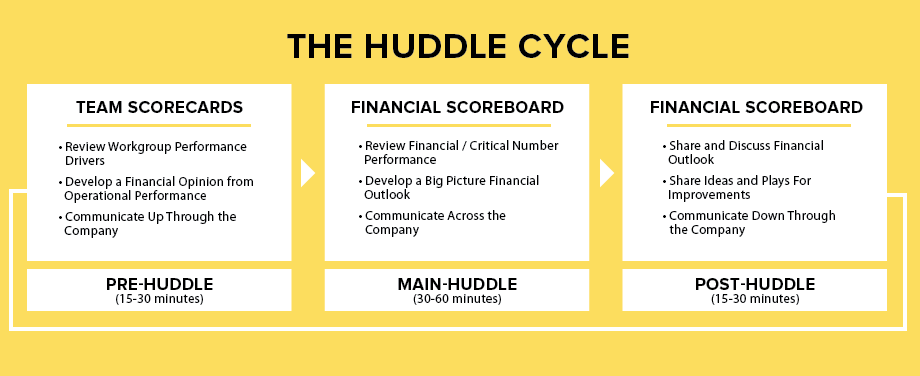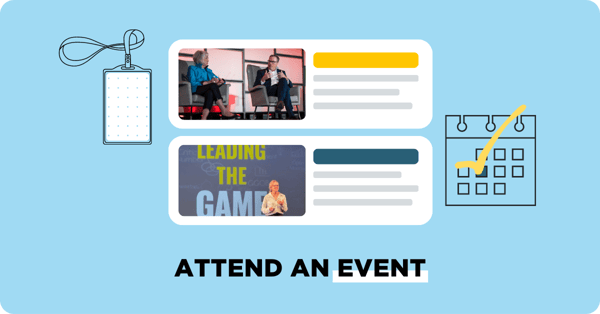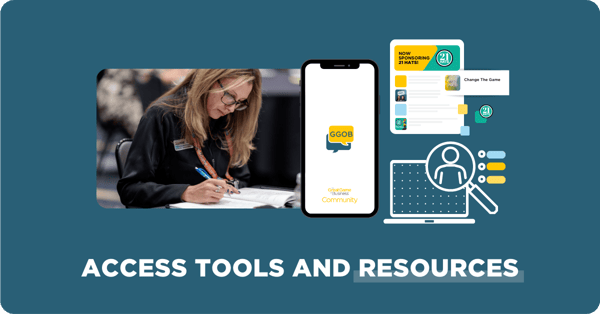Huddles and Forward Forecasting
The Great Game needs active players, not bench sitters. We need to empower our people to take an active role; they need to be ready to learn, ready to participate, ready to take responsibility, and ready to stretch for the goal. People get involved when they see themselves in the big picture. The best approach to doing this is to show them frequently how they are all invested in The Game—from the long-term financial success of the company to their personal Stake in the Outcome. We do all this in a Huddle.
.png)











